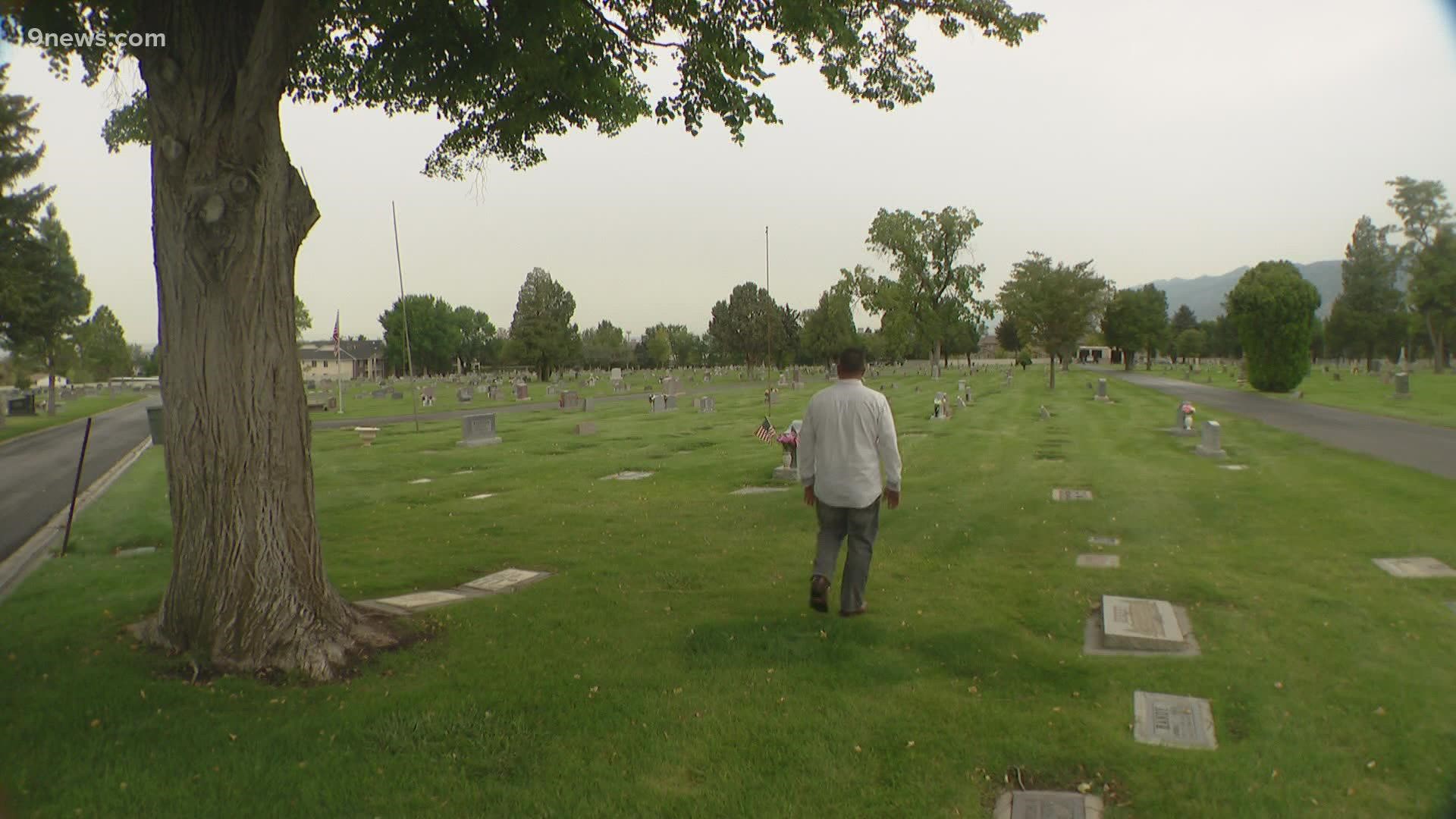Colorado team joins search for WWII pilot who never came home
No one went back for Lt. George Wilson until a distant relative did more than seven decades later.

Chapter 1 Lt. George Wilson
A story laid to rest a long time ago deserves an ending like the one Erik Bornemeir wishes he could write in stone.
"Wherever he is, he is at peace, but in this effort, it would mean a lot to change this," Bornemeir said, standing before a headstone flanked with American flags at Bountiful City Cemetery in Bountiful, Utah.
He read the inscription on the Wilson family headstone.
"In memory of 1st Lt. George Frank, Jr."
George Wilson's name is listed beside the names of his mother, father and sister, but George is not buried in Bountiful.
"He's not here," Bornemeir said.
The man Bornemeir's wife, Sonni, would have called "great uncle" left home at 23 to pilot a B-17 in World War II.
“The things the family only knew was that he had crashed over France on a mission," Bornemeir said.

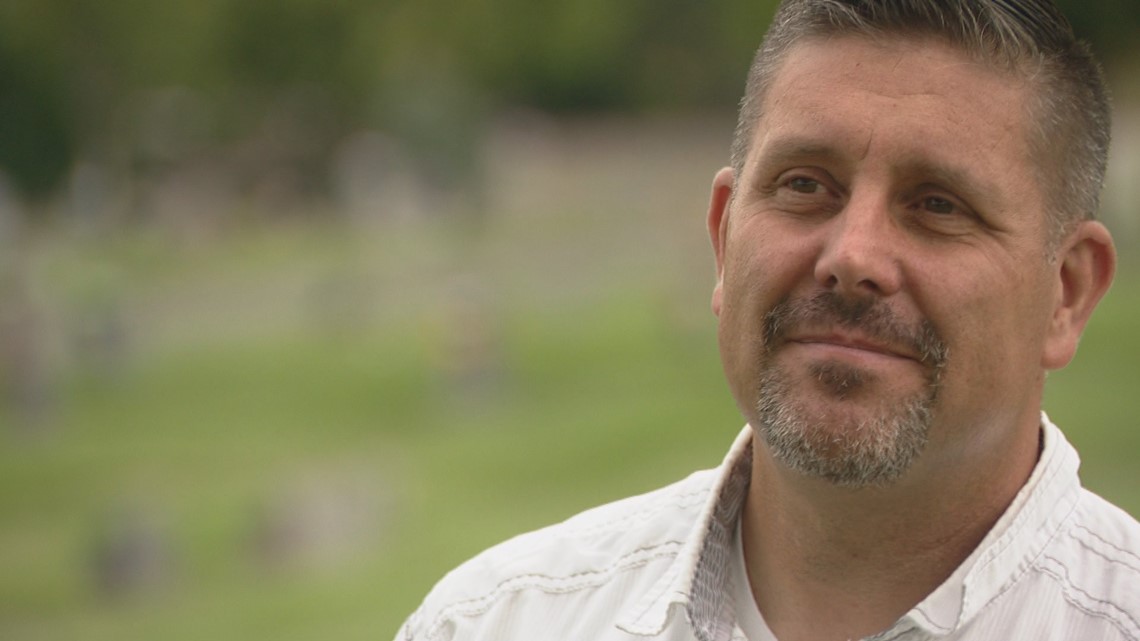
Bornemeir first heard the story in 1996 when he married into the family and moved into his wife's great-grandmother's home. Sonni pointed out an old trunk in the basement she said belonged to George.
“And I’m like, ‘well, who’s George?’” Bornemeir recalled. "And she’s like, ‘he was a B-17 pilot. He crashed and never came home.’”
Years passed, but one Memorial Day spent watching old war movies sparked an idea to revisit the story of what happened to George.
Bornemeir figured he was uniquely suited to start digging. He's a member of the Utah Air National Guard and works in search and rescue.
"My job is finding people for a living and rescuing people for a living, and I couldn’t help but utilize the tools that I was given over the years to apply to this mission,” Bornemeir said.
A simple Google search was all it took to start filling in gaps of a family history. Bornemeir found a link to a "missing air crew report."
“It detailed the crew," Bornemeir explained. "It detailed the plane. It detailed the flight and the objectives and then what happened.”
Chapter 2 The Crash
On the morning of July 8, 1944, young crewmembers onboard a B-17 piloted by Lt. George Wilson embarked on their third mission. The plane suddenly fell out of formation over northern France.

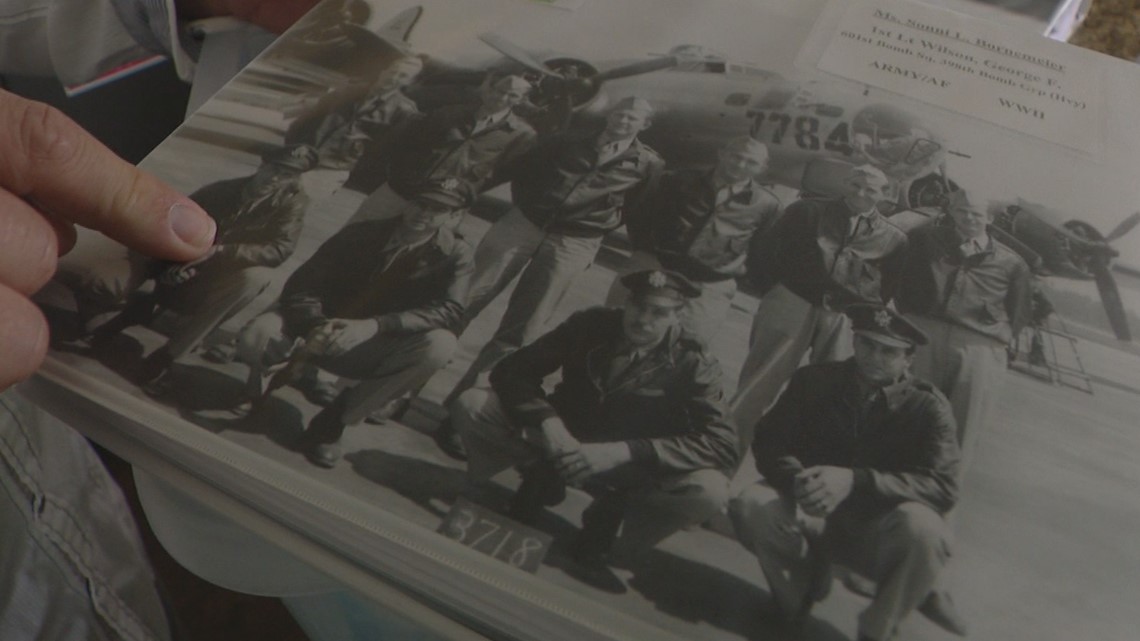
"Two minutes from bomb drop, they get hit with flak," Bornemeir recounted the story detailed in yellowed, old documents crewmembers filled out by hand.
"There’s always paperwork," Bornemeir laughed. "Government’s good at that."
The report revealed George was "critically wounded" in the pilot's seat.
“He kept the plane up," Bornemeir said. "He maintained the plane even though he was injured, maintained the flight allowing the crew to bail out.”
All but one of the crew of nine were captured as prisoners of war, but each eventually returned home.
“So [George] saved his crew," Bornemeir said. “Absolutely heroic and inspiring to me.”
Each old document Bornemeir discovered led to another. He eventually tracked down a German account of the crash that pointed him to a small town in northern France, Monchy-Cayeux.

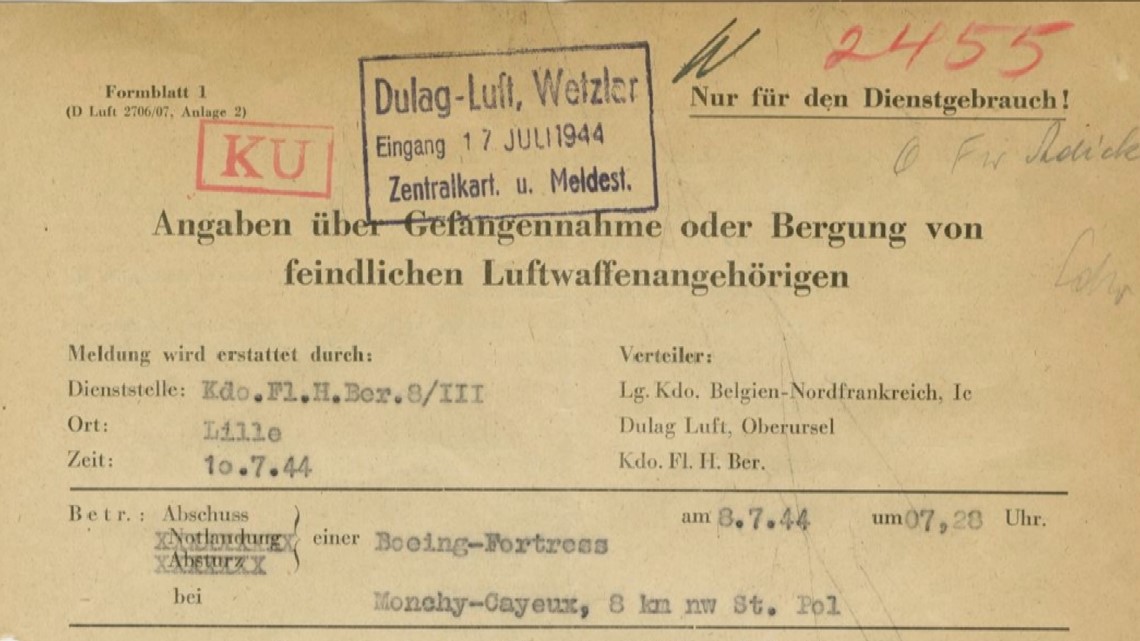
“That’s when it got interesting," Bornemeir said. "It became kind of like Indiana Jones-ish. We’re like, oh! We’re chasing this trail of information.”
In 2018, Bornemeir took a detour during a work trip to Morocco and flew to France.
Chapter 3 A Farmer's Field
Seventy-five years to the day that George's plane went down, Bornemeir arrived in Monchy-Cayeux.
“If you’re to paint a postcard and send it to your family about like rural France, it’s that," Bornemeir said. “It’s picturesque France.”
Bornemeir made friends with a local journalist and people in town like a 21-year-old history buff with a metal detector.
The team narrowed its search to a farmer's field where wheat was planted and plane parts buried.
“Turned on the metal detector and we just start sniffing around, and like within ten minutes, we find something," Bornemeir said. "We pull it up and it’s a piece of aluminum fuselage that’s riveted.”

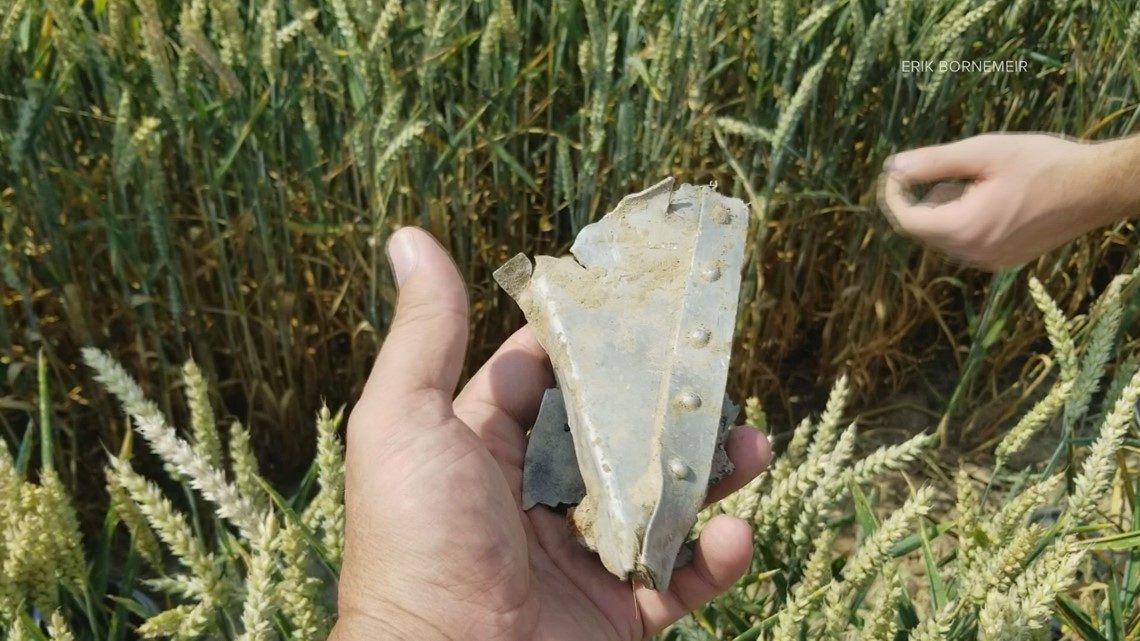
Bornemeir found the site of the crash, but no sign of the pilot.
“I got back off that first trip, I put everything together, and then I put it on Facebook because that’s what I do," Bornemeir laughed.
The story Bornemeir shared on social media caught the eye of the Defense POW/MIA Accounting Agency (DPAA). The agency within the Department of Defense is tasked with finding and bringing home American military personnel who went missing in action.
“(DPAA) went to the site and validated it and were like, 'yeah this is the site,'" Bornemeir said. "This is it.”
This summer, DPAA partnered with Colorado State University's Center for Environmental Management of Military Lands (CEMML) and the Denver Museum of Nature and Science on a mission to recover the remains of Lt. George Wilson.
“I couldn’t have picked a better crew to have been assigned to it," Bornemeir said.
The Colorado team spent six weeks in France searching the same field that Bornemeir discovered in 2018.
“Being a combat veteran and retired Army officer, you have that connection of understanding what it’s about," said team leader, Ray Sumner.
“It’s all about an American servicemember and their family and fulfilling that sacred mission to bring back all the POWs and MIAs.”
Sumner spent 22 years as an air defense and psychological operations officer. Now, he works for CEMML and is a PhD anthropology student at CSU on an entirely different mission.
“I think it’s such a unique story," Sumner said. "I started it. I really want to see it through.”
The mission is personal for Sumner as it is for Michele Koons, curator of archaeology at the Denver Museum of Nature and Science.

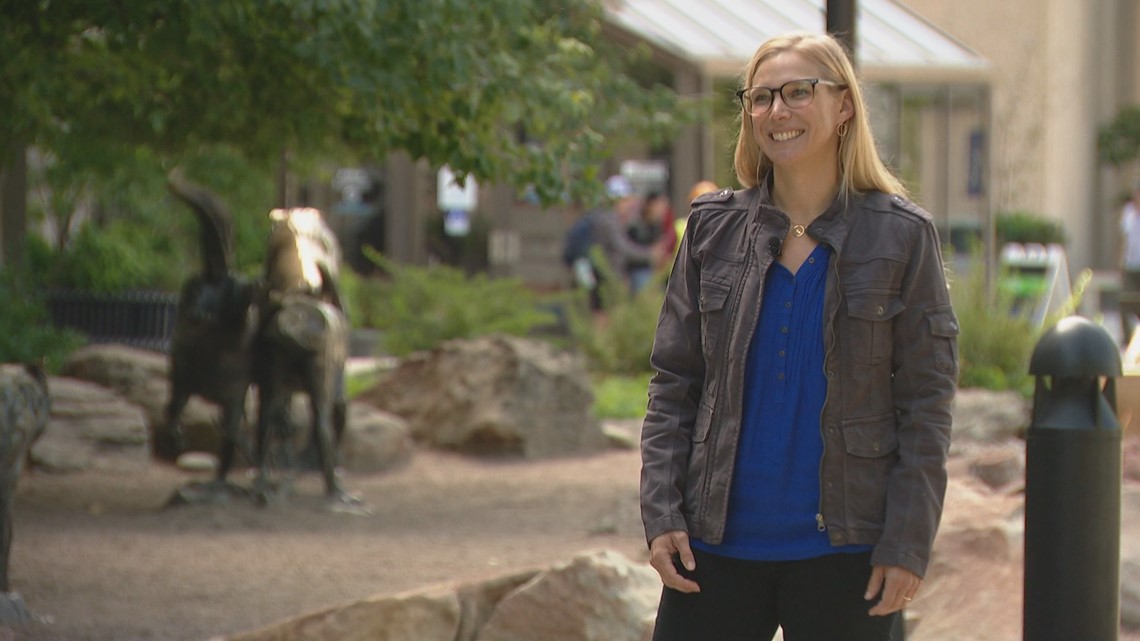
“I have done archaeology with - dealing with many individuals, with people before, but no one who has a name," Koons explained. "No one who you can read their history and they still have relatives around today.”
Bornemeir passed along his knowledge of the site and information he uncovered talking to surviving witnesses of the crash.
“It was really helpful to have talk to him and hear all his stories and then to go to the town and meet all the people that he was working with," Koons said.
After weeks on the ground, the team uncovered multiple pieces of the B-17, but the search for George continues.
“We were able to find objects related to the cockpit, and so we’re in that area now as we continue that excavation, and we’ll definitely need a second season," Koons said.
Lt. George Wilson is still out there, but Bornemeir brought pieces of his story home. He keeps plastic boxes full of plane parts at his home near Salt Lake City and will share George's story to anyone willing to listen.
“The goal here is to bring George back, but what I found the greater goal was, was the capturing of history," Bornemeir said. “If we bring George home, I think that is the icing on the cake.”
What sweeter ending could there be than finding George?
“It just fuels my fire to make sure he is remembered and taken care of," Bornemeir said.
SUGGESTED VIDEOS: Feature stories


